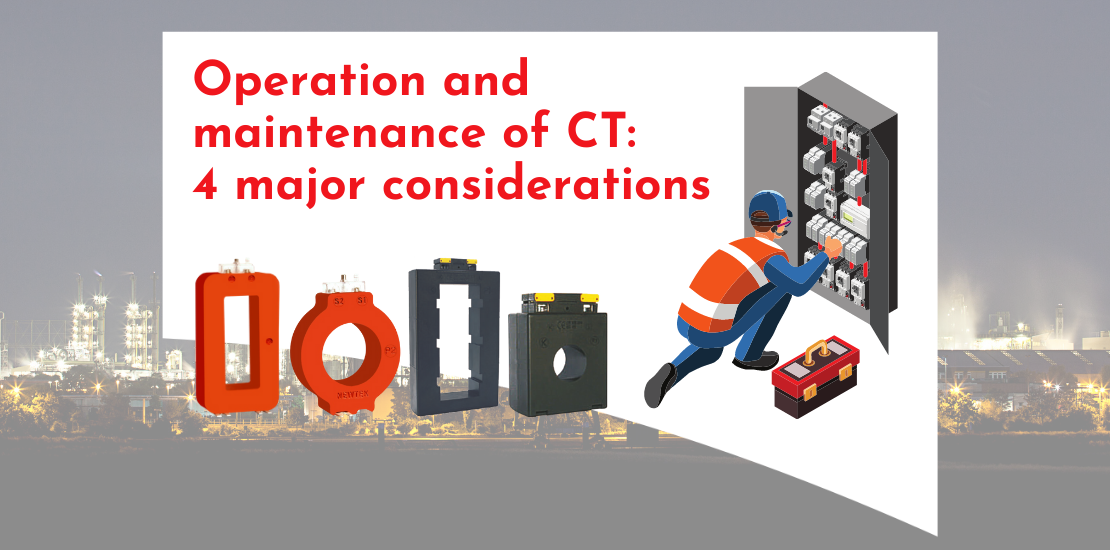- November 16, 2021
- Posted by: Dyaneshwar Nirmale
- Category: Digital Meters

Current transformers are vital to the flow of power as well as to the electrical safety of users. Current transformers are used around the world to measure the power flowing across the national grid. Despite their small stature, the smooth operation and reliable performance of a current transformer are key to the efficiency and reliability of the entire electrical network.
What are the operational hazards in a current transformer?
Routine maintenance of the burden or damage to the leads of the secondary circuit could lead the CT circuit to be left open. This condition may lead to the rise of high voltage transients and damage the CT winding insulation. The transients could cause eddy currents in the current transformer’s core, which will jeopardize the magnetic characteristics of the current transformer, and thereby cause errors in the accuracy of measurement.
If the current transformer falls due to mishandling or other factors, it is rendered inoperable, and replacement of the damaged unit entails considerable costs and downtime.
Newtek Electricals has been working for over a decade to resolve these serious concerns of users with its innovative current transformer designs. Newtek is the first current transformer manufacturer in India to introduce a nylon casing current transformer. These transformers are resistant t damage from a fall or from fire and offer a reliable performance over decades. However, apart form their external strength, a number of other factors need to be considered for smoother operation of current transformers.
Consider these 4 key factors to ensure the smooth operation of current transformers at your facility.
The rated primary current
The rated primary current of the current transformer should be larger than the maximum current to be actually measured. The rated secondary current is typically 5 A but 1 A CTs are also available.
The rated load
The rated load is essentially the sum of certain losses caused during the current transformer’s operation. These include the distribution loss between the CT and the device connected to it on the secondary side, plus, the insertion loss at the point of the instrument connected. The current value must be kept within this load rating.
CT rated load ≥ distribution loss + insertion loss at the secondary side
The wiring distance
The distribution loss in current transformer grows in proportion to the wiring distance. The total length of the wiring is the distance measured both ways. The cross-sectional area of the wiring material also determines its resistance to current. for a nominal cross sectional are of 1.25 mm2,resistance would be around 18 Ω/km. If the cross sectional area is increased to 2.0 mm2, it would fall to 10 Ω/km. Typically, 1 A CTs are best suited for long-distance wiring.
Protection against high voltage
The standard IEEE C57.13 stipulates that CTs must be protected from hazardous voltage by providing voltage-limiting devices. These devices should be able to withstand the open-circuit condition in a CT for 1 minute without damaging the secondary circuit. While the earlier versions of these devices needed frequent replacement, more durable voltage protection devices are now available. These devices can now remain in place during a fault situation without needing human intervention.
